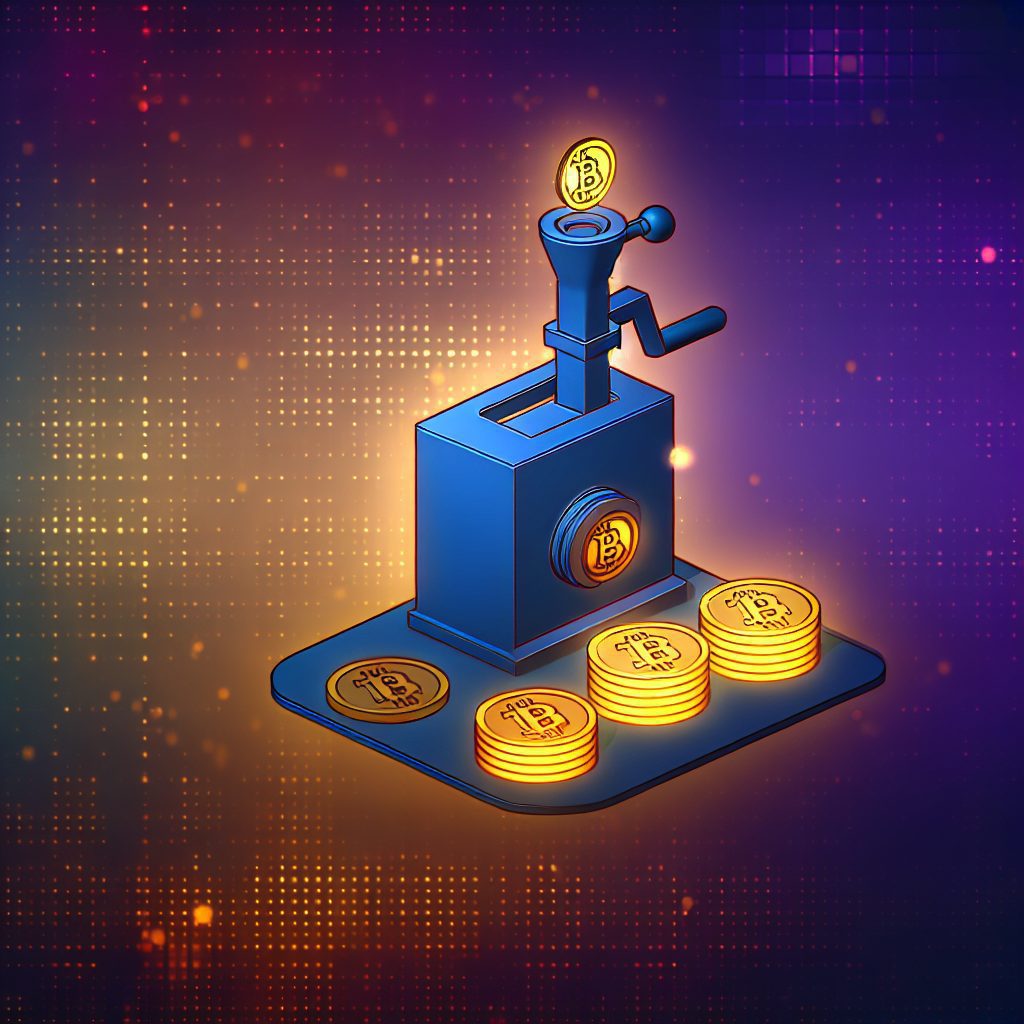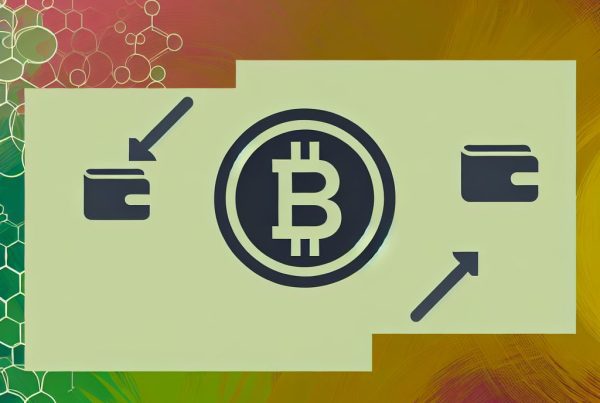How Crypto Tokens Are Minted
The world of cryptocurrency is vast and complex, with various mechanisms that govern how digital assets are created and managed. Among these mechanisms, the process of minting crypto tokens stands out as a fundamental aspect of the blockchain ecosystem. Understanding how crypto tokens are minted is crucial for anyone looking to navigate the cryptocurrency landscape effectively.
What Are Crypto Tokens?
Crypto tokens are digital assets that exist on a blockchain and can represent a variety of assets or utilities. Unlike cryptocurrencies like Bitcoin or Ethereum, which operate on their own blockchains, tokens are often built on existing platforms, such as Ethereum, Binance Smart Chain, or Solana. They can serve multiple purposes, including:
- Utility Tokens: Used to access a product or service within a blockchain ecosystem.
- Security Tokens: Represent ownership in an asset, such as shares in a company.
- Non-Fungible Tokens (NFTs): Unique digital assets that represent ownership of a specific item or piece of content.
The Minting Process Explained
Minting refers to the process of creating new tokens and adding them to the blockchain. This process can vary significantly depending on the type of token and the underlying blockchain technology. Here’s a breakdown of the primary methods of minting crypto tokens:
1. Initial Coin Offerings (ICOs)
ICOs are one of the earliest methods for minting tokens. In an ICO, a project team sells a portion of its tokens to early investors in exchange for established cryptocurrencies like Bitcoin or Ethereum. This method allows projects to raise funds while distributing tokens to investors.
2. Token Generation Events (TGEs)
Similar to ICOs, TGEs involve the creation of tokens that are sold to investors. However, TGEs often have a more structured approach, including a clear roadmap and milestones for the project. This method is popular among startups looking to fund their blockchain initiatives.
3. Airdrops
Airdrops are a marketing strategy used to distribute tokens for free to existing cryptocurrency holders. This method helps to increase awareness and adoption of a new token. Airdrops can be conditional, requiring users to complete specific tasks, such as following social media accounts or holding a certain amount of another cryptocurrency.

4. Mining
Mining is a process primarily associated with cryptocurrencies like Bitcoin. In this context, miners use computational power to solve complex mathematical problems, validating transactions and securing the network. As a reward for their efforts, miners receive newly minted coins. While traditional mining is not directly related to token minting, some tokens can be created through similar proof-of-work mechanisms.
5. Staking
Staking is a method used in proof-of-stake (PoS) blockchains, where users lock up a certain amount of cryptocurrency to support network operations, such as validating transactions. In return, they receive newly minted tokens as rewards. This method encourages users to hold onto their tokens, contributing to the network’s security and stability.
Token Standards and Protocols
The minting process is often governed by specific token standards and protocols that define how tokens are created, managed, and transferred. The most notable standards include:
1. ERC-20
The ERC-20 standard is the most widely used token standard on the Ethereum blockchain. It defines a set of rules that all tokens must follow, ensuring compatibility with various wallets and exchanges. This standard has facilitated the creation of thousands of tokens, making Ethereum the leading platform for token minting.
2. ERC-721
ERC-721 is the standard for non-fungible tokens (NFTs) on the Ethereum blockchain. Unlike ERC-20 tokens, which are fungible and interchangeable, ERC-721 tokens are unique and cannot be exchanged on a one-to-one basis. This standard has enabled the creation of digital art, collectibles, and other unique assets.
3. BEP-20
BEP-20 is a token standard on the Binance Smart Chain (BSC), similar to ERC-20. It allows developers to create tokens that can interact with the BSC ecosystem, providing lower transaction fees and faster confirmation times compared to Ethereum.
Real-World Applications of Minted Tokens
The minting of crypto tokens has led to numerous real-world applications across various industries. Here are some notable examples:
1. Decentralized Finance (DeFi)
DeFi platforms have revolutionized traditional finance by allowing users to lend, borrow, and trade assets without intermediaries. Tokens minted on these platforms often serve as governance tokens, enabling holders to vote on protocol changes and improvements. For instance, Uniswap’s governance token, UNI, allows users to participate in decision-making processes.
2. Gaming
The gaming industry has embraced NFTs, allowing players to own in-game assets that can be traded or sold. Games like Axie Infinity and Decentraland have created vibrant economies around their minted tokens, enabling players to earn real-world value through gameplay.
3. Supply Chain Management
Tokens are being used to enhance transparency and traceability in supply chains. By minting tokens that represent physical goods, companies can track products from production to delivery. VeChain is a notable example, using its VET token to improve supply chain efficiency.
Challenges in Token Minting
While the minting of crypto tokens presents numerous opportunities, it also comes with challenges that developers and investors must navigate:
1. Regulatory Compliance
As governments around the world begin to regulate cryptocurrencies, ensuring compliance with local laws is crucial. Projects must be aware of securities regulations, anti-money laundering (AML) laws, and know-your-customer (KYC) requirements when minting tokens.
2. Security Risks
Token minting can expose projects to security vulnerabilities, including smart contract bugs and hacks. Ensuring robust security measures and conducting thorough audits is essential to protect user funds and maintain trust.
3. Market Volatility
The cryptocurrency market is known for its volatility, which can impact the value of minted tokens. Investors should be prepared for price fluctuations and conduct thorough research before investing in new tokens.
FAQs About Crypto Token Minting
What is the difference between a coin and a token?
A coin operates on its own blockchain (e.g., Bitcoin, Ethereum), while a token is built on an existing blockchain and can represent various assets or utilities.
How can I mint my own crypto token?
To mint your own token, you typically need to choose a blockchain platform, define the token’s purpose and specifications, and deploy a smart contract that adheres to the relevant token standard (e.g., ERC-20).
Are all tokens fungible?
No, tokens can be fungible (like ERC-20 tokens) or non-fungible (like ERC-721 tokens). Fungible tokens are interchangeable, while non-fungible tokens are unique and cannot be exchanged on a one-to-one basis.
What are gas fees in token minting?
Gas fees are transaction fees paid to miners or validators for processing transactions on a blockchain. When minting tokens, users must pay gas fees to deploy smart contracts and execute transactions.
Conclusion
The process of minting crypto tokens is a vital component of the cryptocurrency ecosystem, enabling innovation and new business models across various industries. From ICOs and TGEs to staking and airdrops, the methods of minting tokens are diverse and continually evolving. As the industry matures, understanding these processes will empower investors and developers alike to make informed decisions.
For the latest news and updates in the cryptocurrency space, consider visiting Bitrabo. Follow me on social media for more insights: X, Instagram, and Threads.
Disclaimer: This article is for informational purposes only and should not be considered financial advice. Always conduct your own research before investing in cryptocurrencies.
The Crypto Watchlist of the Week 🔎
Subscribe to receive expert-curated projects with real potential—plus trends, risks, and insights that matter. Get handpicked crypto projects, deep analysis & market updates delivered to you.


